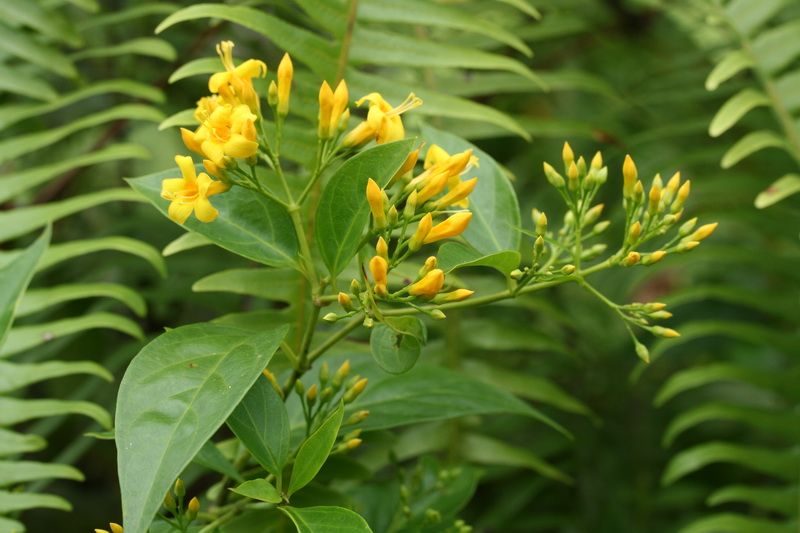
Ah, poisoning. It's a tried-and-true trope for television, film and novel. But all the imagined scenarios pale in comparison to what actually happened in history — graphic instances of painful poisonings throughout humanity's messy past. As Stuff to Blow Your Mind podcast hosts Robert Lamb and Christian Sager explore in this episode, there's no shortage of naturally occurring substances used for deadly means throughout the years. Take a listen here, or read below to learn more about six lethal substances:
Advertisement




